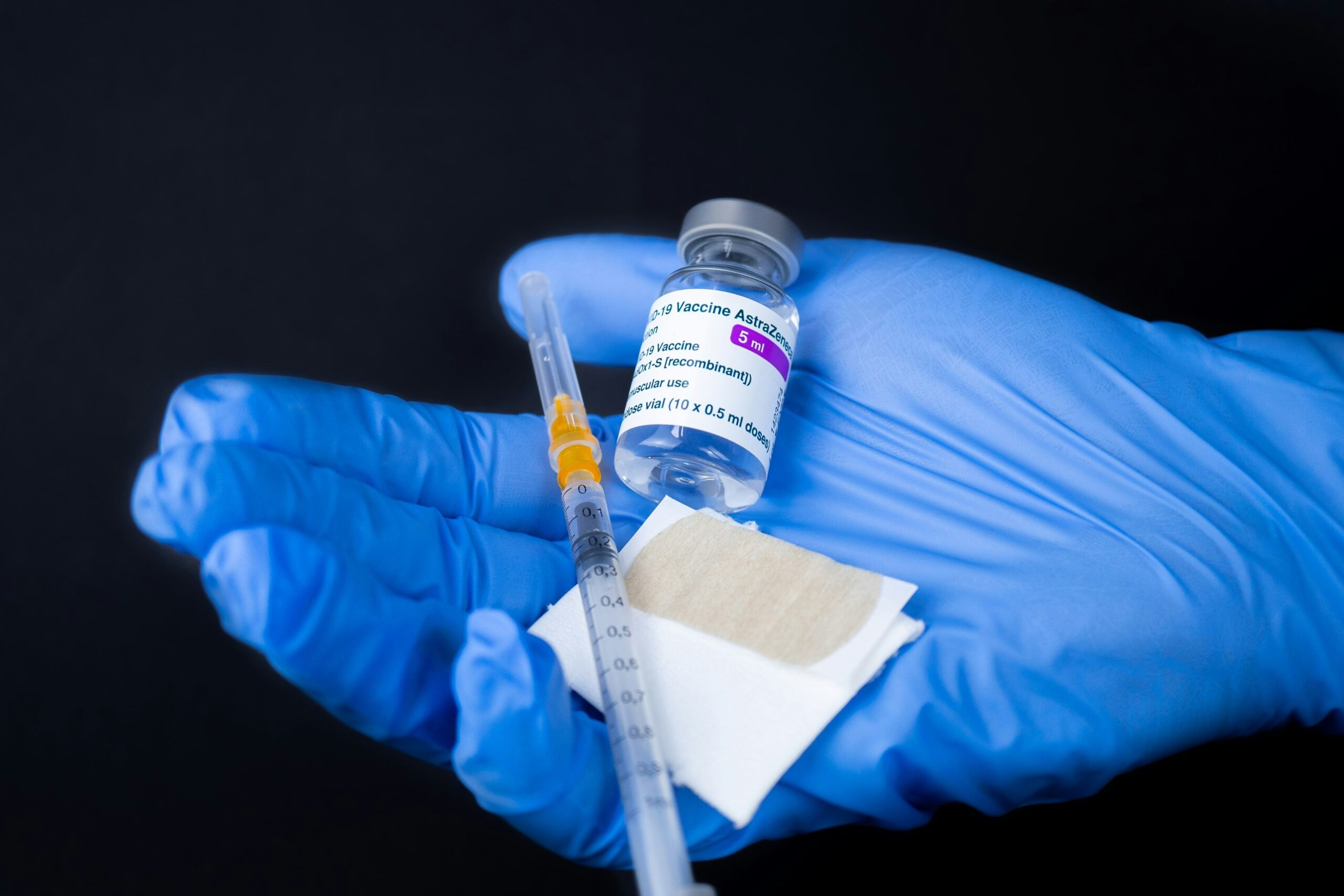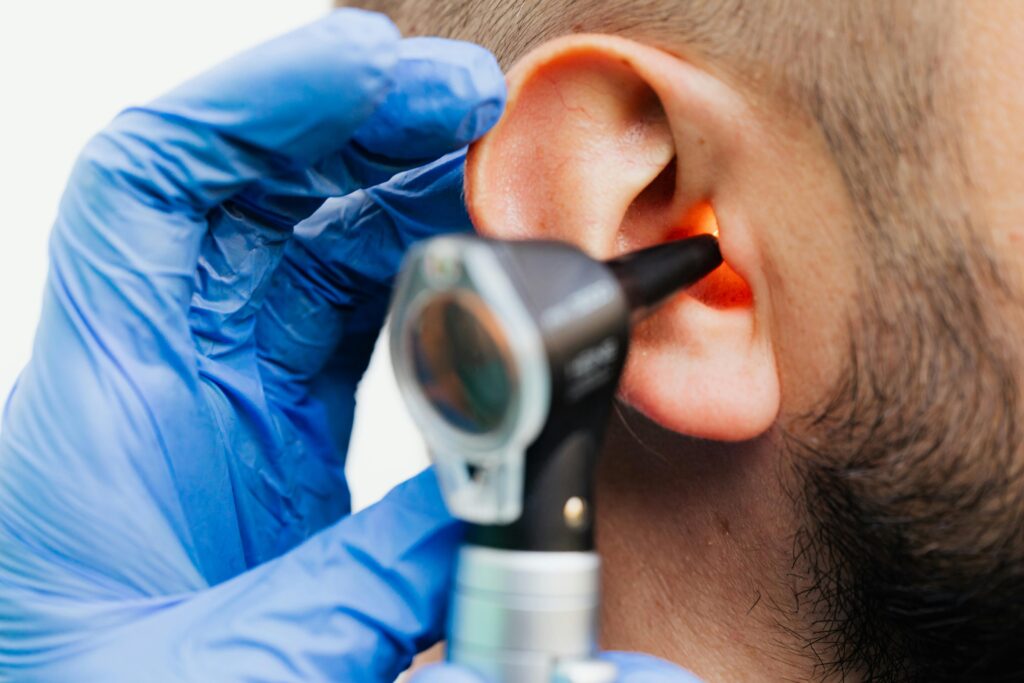“Ever stared at a $5,000 vet bill and thought, ‘There has to be a better way?’ Yeah, us too.”
If you’re nodding along right now, this one’s for you. Today, we’re diving into the world of pet insurance, specifically focusing on hearing-related diagnostic tests for your fur babies. Whether it’s diagnosing ear infections or testing for age-related hearing loss, these procedures can rack up costs faster than your dog can demolish a squeaky toy.
In this post, we’ll answer burning questions like: What are Diagnostic Test Reviews? Why does pet insurance matter for hearing issues? And—most importantly—how do you pick the right coverage without going broke?
- What Are Diagnostic Tests (and Why Review Them)?
- How Hearing Insurance Protects Your Wallet
- Step-by-Step Guide to Choosing Coverage
- Tips to Avoid Scams & Find Reliable Plans
- Real-Life Success Stories
Key Takeaways
- Pet insurance isn’t “just for emergencies.” It’s also about long-term care, like hearing diagnostics.
- Comparing Diagnostic Test Reviews helps ensure accurate results—and avoids unnecessary expenses.
- Not all plans cover hearing issues, so read the fine print.
Why Do Pets Need Diagnostic Tests? (And Why Should You Care?)
Imagine this: You’ve got an older cat who suddenly stops responding when called. Or maybe your Golden Retriever seems confused during walks because they didn’t hear you calling them back from chasing squirrels. These situations are frustrating—not to mention scary.
The good news is veterinarians have tools to diagnose underlying problems, from advanced imaging tests to auditory brainstem response screenings. But here’s where it gets real:
“On average, pet parents spend upwards of $1,200 annually on unexpected veterinary bills.”
Optimist You might say, *“Hey, that’s what insurance is for!”* Grumpy You mutters, *“Yeah, unless your plan doesn’t actually pay out.”*

Above: A typical vet using diagnostic tools. If only Spot could explain what hurts…
That brings us to our next section…
Types of Diagnostic Tests to Watch For
- Otoscopic Exams: Basic check-ups for ear infections or blockages.
- Hearing Response Tests: Evaluating reactions to sound stimuli.
- Brainstem Auditory Evoked Response (BAER): Advanced tech to detect nerve damage.
Each test has its pros and cons, but pairing them with reliable reviews ensures accuracy while cutting costs.
Step-by-Step Guide to Picking Pet Insurance That Covers Hearing Issues
Alright, team. Grab your coffee; it’s time to dive deep into actionable steps.
Step 1: Understand What’s Covered
First things first—not all pet insurances were created equal. Some specialize in accident-only coverage (hello, torn ACL), while others include chronic conditions, hereditary disorders, and—you guessed it—hearing diagnostics.
Step 2: Read Diagnostic Test Reviews
Sure, companies tout their benefits online—but real customers tell the truth. Search forums, Reddit threads, or platforms like Trustpilot to get candid feedback.
Step 3: Compare Plans Side-by-Side
Create a simple comparison table with key metrics: monthly premium, deductible amounts, reimbursement rates, and exclusions. This keeps you sane—and prevents buyer’s remorse.

Above: An example of how a side-by-side plan comparison looks. Organization = sanity saver.
Tips to Avoid Scams & Find Reliable Plans
- Check Accreditation: Look for seals from organizations like NASAAFA.
- Beware “Too Good To Be True” Offers: Remember, free rides don’t exist.
- Don’t Skip The Fine Print: Yes, it’s boring, but skipping leads to tears later.
Pro Tip: Use independent review sites over flashy ads. They’re less biased and often highlight hidden pitfalls.
Rant Alert! The Dark Side of Exclusions
Let me vent. Nothing annoys me more than seeing sneaky exclusions buried under mountains of jargon. Did you know some policies refuse to reimburse BAER tests? Yep, just when you thought you were covered.
This is why reading those pesky reviews is critical. Otherwise, you’ll end up paying twice—for both the test AND the policy that won’t honor it.
Case Study: How One Family Saved Thousands With Smart Choices
Meet Sarah and Tom, proud owners of Max, a mischievous Beagle mix. When Max started ignoring commands at age 7, they panicked. Turns out he had early-stage sensorineural hearing loss. Thanks to thorough Diagnostic Test Reviews and a solid insurance plan, his treatment cost them only $300 instead of $3,000.

Above: Max living his best life post-treatment!
Frequently Asked Questions
Q: Does pet insurance always cover diagnostic tests?
A: Nope. Many base-level plans exclude certain tests or impose high deductibles.
Q: Where can I find reliable Diagnostic Test Reviews?
A: Platforms like Consumer Affairs, Google Reviews, or industry blogs are solid starting points.
Q: Can I switch insurers mid-policy?
A: Usually yes, though timing matters. Switch too soon, and pre-existing conditions may not be covered.
Conclusion
Navigating pet insurance feels daunting, but armed with knowledge (and killer Diagnostic Test Reviews), you’re ready to make smart choices. Not sure where to start? Revisit Section 3—that flowchart never fails.
Like a Tamagotchi, your SEO needs daily care. Stay sharp, stay curious, and most importantly—protect your furry friend’s ears.


